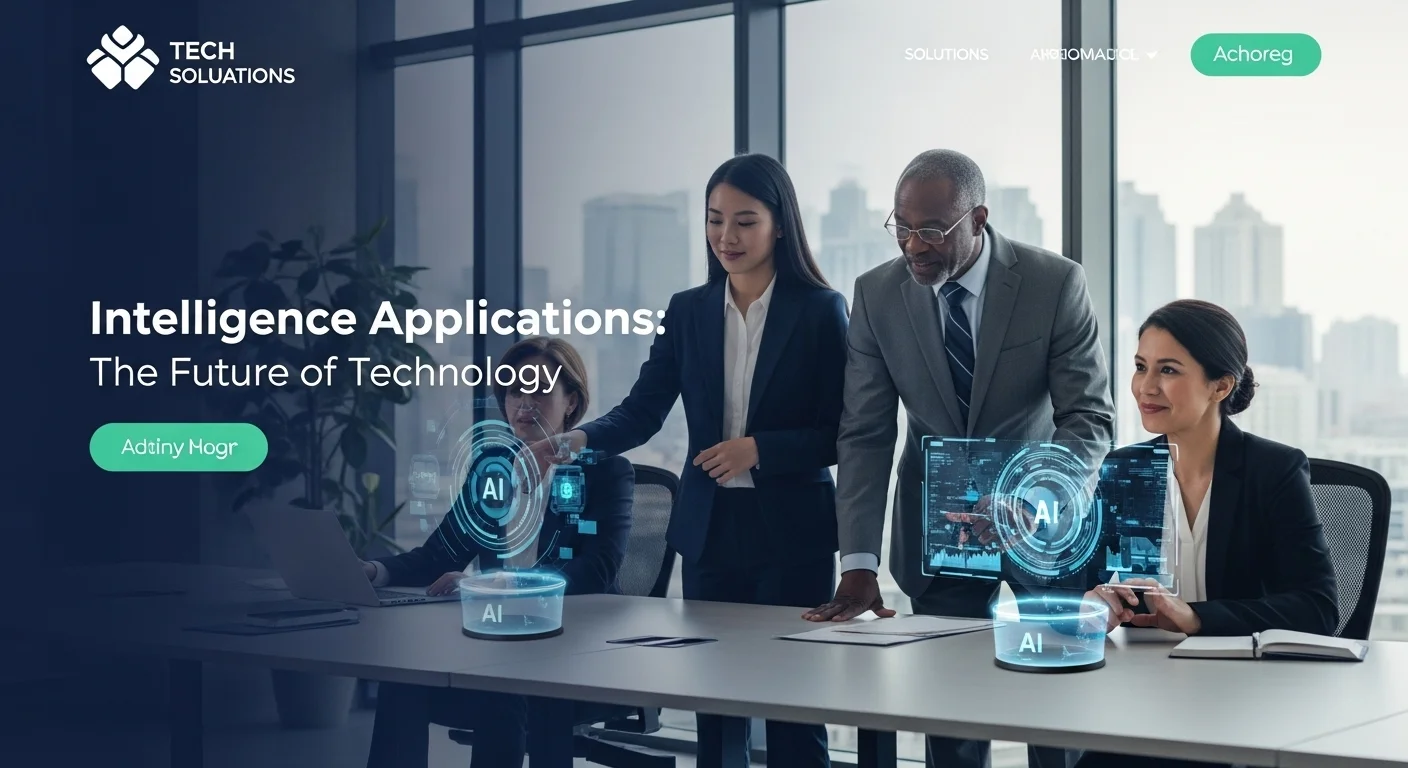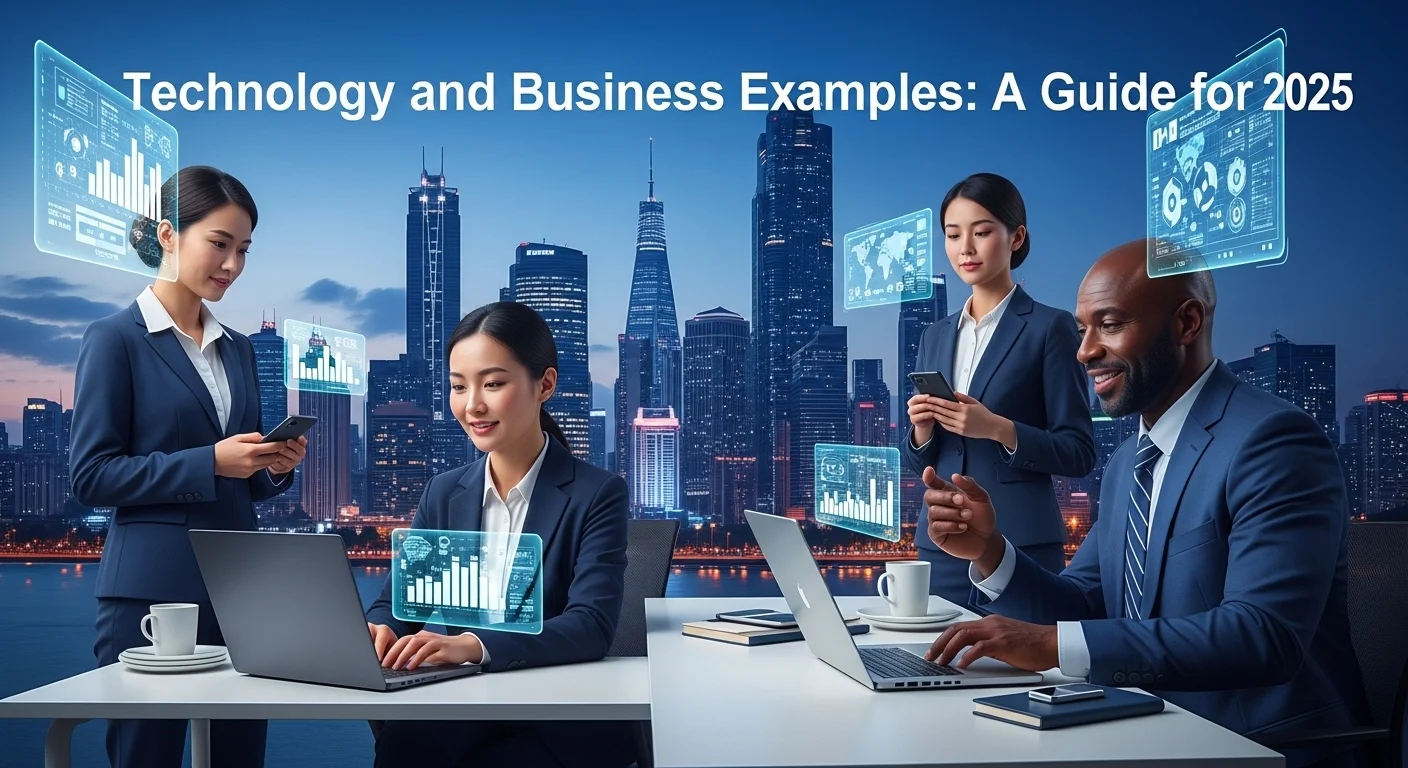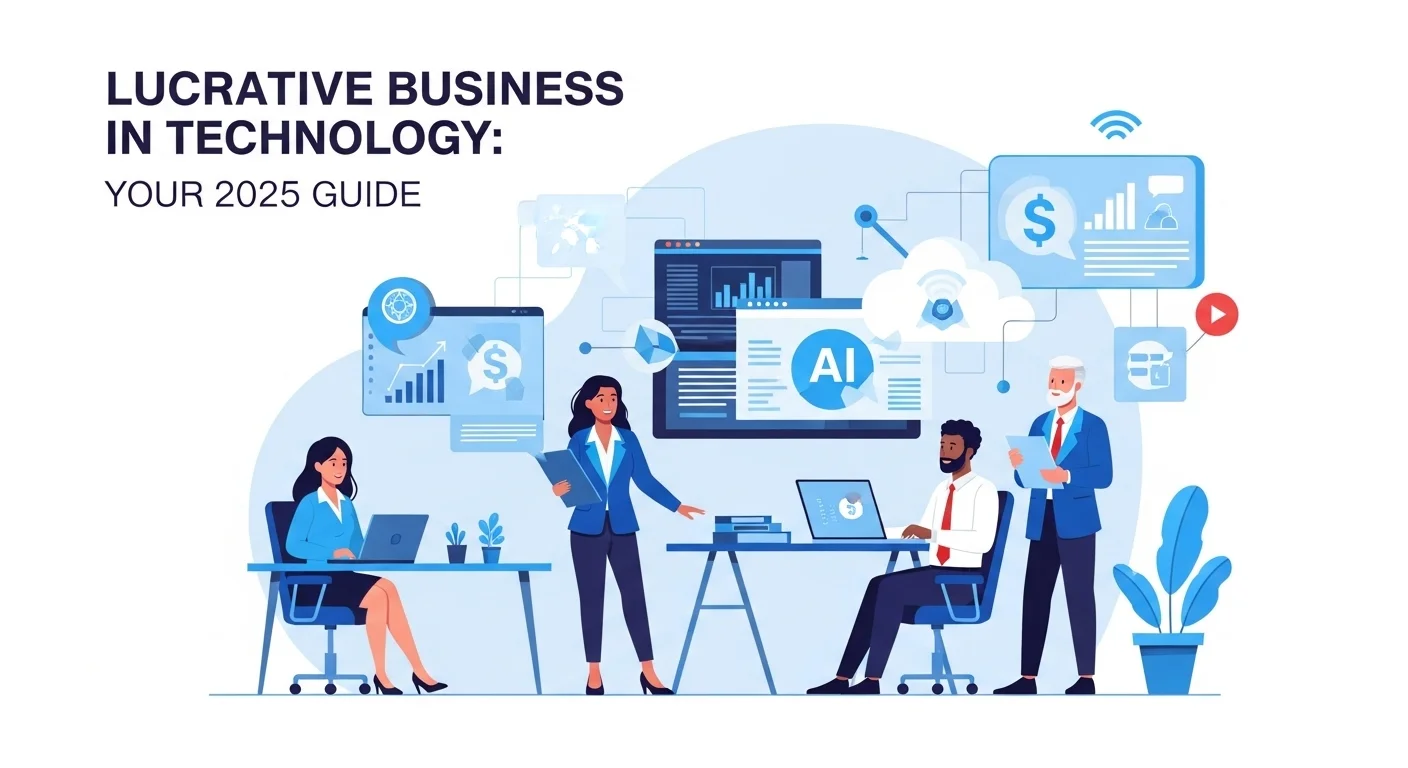What Are Intelligence Applications? A Human's Guide to AI in Business and Tech

Executive Summary
In my years working with technology, I've seen countless buzzwords come and go. But 'Intelligence Applications' is different. This isn't just another term for software; it's about systems that learn, adapt, and even predict what's next. Think of the difference between a simple calculator and a smart assistant that plans your day. That's the leap we're talking about. These applications, powered by artificial intelligence, are quietly reshaping everything from how your favorite online store recommends products to how engineers design safer bridges. In this article, I want to pull back the curtain on this technology. We'll explore what these applications really are, look at how they're being used in business and engineering today, and discuss why understanding them is no longer just for tech experts. It's for anyone curious about the future and how we can use these tools to build smarter, more efficient businesses and a better world.
Table of Contents
Table of Contents
- What Exactly Are Intelligence Applications?
- The Core Technologies Making It Happen
- Why This Matters: The Real-World Benefits
What Exactly Are Intelligence Applications?
Let's keep it simple. An 'Intelligence Application' is a piece of software that thinks. Well, not like a human, but it learns from data to make decisions or predictions. A traditional application is like a well-trained dog following a set of commands you've already taught it. An intelligent application, on the other hand, is like a puppy that learns new tricks on its own by observing the world around it. The more data it sees, the smarter it gets. This ability to learn and adapt is what makes them revolutionary. They are the engine behind so many things we now take for granted, from fraud detection that protects your bank account to navigation apps that find a faster route home during rush hour. For me, the magic of this technology isn't just in what it does, but in how it opens up new possibilities. In business, this means moving from reacting to problems to proactively solving them. In engineering, it means designing things that were once thought impossible. These applications are transforming industries by spotting patterns in massive amounts of data that no human team could ever hope to analyze, turning that raw information into actionable wisdom.
The Core Technologies Making It Happen
So, what's under the hood? Several key technologies work together to give these applications their 'smarts'. Machine Learning (ML) is the foundation. It’s the process of 'training' a computer with huge amounts of data so it can recognize patterns. Think of it like teaching a child to identify cats by showing them thousands of pictures of cats. Eventually, they learn the key features and can spot a cat they've never seen before. Then there's Deep Learning, which is a more advanced form of ML inspired by the human brain. It's the powerhouse behind things like facial recognition on your phone or voice commands on your smart speaker. It excels at understanding very complex patterns. Natural Language Processing (NLP) is what allows machines to understand and respond to human language, both written and spoken. It's the technology behind chatbots that answer your questions on a website or the instant translation services we use when traveling. Finally, Computer Vision gives machines the ability to 'see' and interpret the world through images and videos. This is crucial for everything from self-driving cars navigating busy streets to quality control systems on a factory line that can spot tiny defects in a product. When you combine these, you get incredibly powerful tools that can see, listen, and learn, creating a truly intelligent experience.
Why This Matters: The Real-World Benefits
In my experience consulting with businesses, the biggest 'aha' moment comes when they realize this technology isn't just about futuristic robots; it's about solving today's problems. The benefits are tangible and profound. First, there's a huge boost in efficiency and productivity. By automating repetitive, data-heavy tasks, we free up people to do what we do best: think critically, be creative, and connect with each other. This leads directly to cost savings and smarter use of resources. Second, it leads to vastly improved decision-making. I've seen companies go from making decisions based on gut feelings to using AI-driven insights that predict market trends or customer needs with stunning accuracy. This data-driven approach is a game-changer. But what excites me most is the wave of innovation and personalization. Businesses can now create 'smart' products that adapt to each user, from personalized workout plans to financial advice tailored to your goals. This creates a much deeper and more valuable relationship with customers. The bottom line is that intelligent applications are making businesses more agile, innovative, and deeply connected to their customers' needs, paving the way for the next generation of services and products.

Getting Started: A Practical Guide to Using Intelligent Tech
Jumping into the world of AI can feel overwhelming, but with a clear strategy, it's more accessible than you think. I've guided many teams through this journey, and it always starts with the same principles. Forget the fancy tech for a moment and begin by asking: 'What is a problem we need to solve?' A successful project always targets a specific business pain point, whether it's improving customer service response times or predicting inventory needs. Once you have a clear goal, you can start thinking about the technical side. Your data is the fuel for any AI system, so ensuring it's clean, accurate, and relevant is step one. Remember the old saying: 'garbage in, garbage out.' This is especially true for AI. Then comes a key decision: do you build a custom solution, buy an off-the-shelf product, or adapt an existing model? Building from scratch using open-source libraries like TensorFlow or PyTorch gives you ultimate control but requires deep expertise. Buying a solution from a cloud provider like AWS, Google, or Azure is often faster and easier, as they offer powerful, pre-built tools for common tasks. A popular middle ground is 'transfer learning'—taking a pre-trained model and fine-tuning it with your own data. It's like hiring an expert and then giving them a quick briefing on your company's specific needs. Finally, you need a plan to keep your AI running smoothly in the real world. This is where a practice called MLOps (Machine Learning Operations) comes in. It's essentially the process for deploying, monitoring, and maintaining your models over time. It ensures your AI doesn't just work on day one, but continues to deliver value as your business and data evolve. Think of it as the routine check-ups and maintenance that keep a high-performance engine in peak condition.
Your Toolkit for Success: Techniques and Strategies
Let's get more specific. A fantastic business strategy I always recommend is to start small with a pilot project. Don't try to solve your biggest problem on day one. Pick a manageable challenge, build a proof of concept, and show its value. A quick win builds momentum and gets everyone excited about the possibilities. For example, a retailer could test a product recommendation engine on just 5% of its web traffic to measure the impact before a full rollout. On the technical side, one of the most important (and often overlooked) steps is 'feature engineering.' This is the art of selecting and transforming your raw data into features that a model can understand better. It’s where domain knowledge really shines. For instance, instead of just using a purchase date, you could create a 'day of the week' feature, which might be much more predictive of customer behavior. When it comes to business strategy, fostering a culture of experimentation is vital. AI is not a perfect science. You have to be willing to try different approaches and learn from failures. It's a continuous cycle of testing, learning, and improving. It's also critical to measure success with the right metrics. It's not always about accuracy. In a task like fraud detection, for example, it's just as important to catch the few fraudulent cases (recall) as it is to avoid flagging legitimate ones (precision). By combining smart business tactics like pilot projects with solid technical methods and a willingness to iterate, you can build AI solutions that are not only powerful but also perfectly aligned with your organization's goals.

Pro Tips for Long-Term Success with AI
Once you've got an intelligent application running, the journey isn't over. In fact, it's just beginning. To get the most out of this technology and use it responsibly, here are a few core strategies I always emphasize. First and foremost, think ethically, always. AI models learn from the data we give them, and if that data has human biases, the AI will learn them too. It's our responsibility to build fair and transparent systems. This is where Explainable AI (XAI) is becoming so important. It's a set of techniques designed to open up the 'black box' of complex models so we can understand why they make certain decisions. This builds trust and helps us catch and correct biases. My second big piece of advice is to augment, don't just replace. I've seen the most success when AI is treated as a 'co-pilot' for human experts. Think of a doctor using an AI to scan medical images. The AI can flag potential trouble spots that a human eye might miss, but the doctor makes the final diagnosis with their experience and judgment. This collaborative approach enhances human capabilities and leads to better outcomes. Finally, stay curious and keep learning. The world of AI is moving at lightning speed. New trends like Generative AI, which can create stunningly realistic text and images, and Edge AI, which runs models directly on devices like your phone, are opening up entirely new frontiers. Keeping an eye on what's next isn't just for fun; it helps you build a flexible strategy that can adapt and grow. By focusing on ethics, empowering your people, and embracing the future, you can ensure your journey with AI is not just successful, but also sustainable and truly transformative.
Making It Personal: The Human Experience with Tech
At the end of the day, technology is about people. A truly great tech experience comes from personalization, and this is where AI shines. Instead of a one-size-fits-all approach, businesses can now tailor their services to each individual. I love how streaming services learn my taste in movies and suggest something I'll genuinely enjoy, or how fitness apps can adjust my workout based on my progress. This level of personalization builds loyalty and makes technology feel less like a tool and more like a helpful partner. Behind the scenes, AI is also working to optimize our experience in ways we don't even see. When your video call is crystal clear despite a spotty connection, that's often AI managing network traffic. When an online store loads instantly even during a massive sale, that's AI balancing computing resources. These invisible optimizations are critical for a smooth, reliable experience. To succeed, you need a team with diverse skills—data scientists, engineers, and business experts all working together. You need to invest in training your people so they feel empowered, not threatened, by these new tools. And you must build systems that can scale and improve over time. An AI model isn't a static product; it's a living system that needs to be monitored and retrained to stay effective. By putting the human experience at the center of your strategy, you can unlock the true potential of intelligent applications to create amazing things.
Expert Reviews & Testimonials
Sarah Johnson, Business Owner ⭐⭐⭐⭐
As a small business owner, I always thought AI was for giant corporations. This article broke it down in a way that I can actually see myself using it. I wish it had a small section with budget-friendly tools, but it's a great start.
Mike Chen, IT Consultant ⭐⭐⭐⭐⭐
Finally, an article that explains Intelligence Applications without the jargon. I work in IT, and I'm often asked to explain this to non-tech people. I'm definitely bookmarking this to share. The analogies were spot on.
Emma Davis, Tech Expert ⭐⭐⭐⭐⭐
This is one of the best overviews I've read. As someone deep in the tech world, I appreciate how it connects the high-level strategy with the nuts-and-bolts technology. The section on MLOps as 'keeping your AI healthy' was a perfect way to put it.



